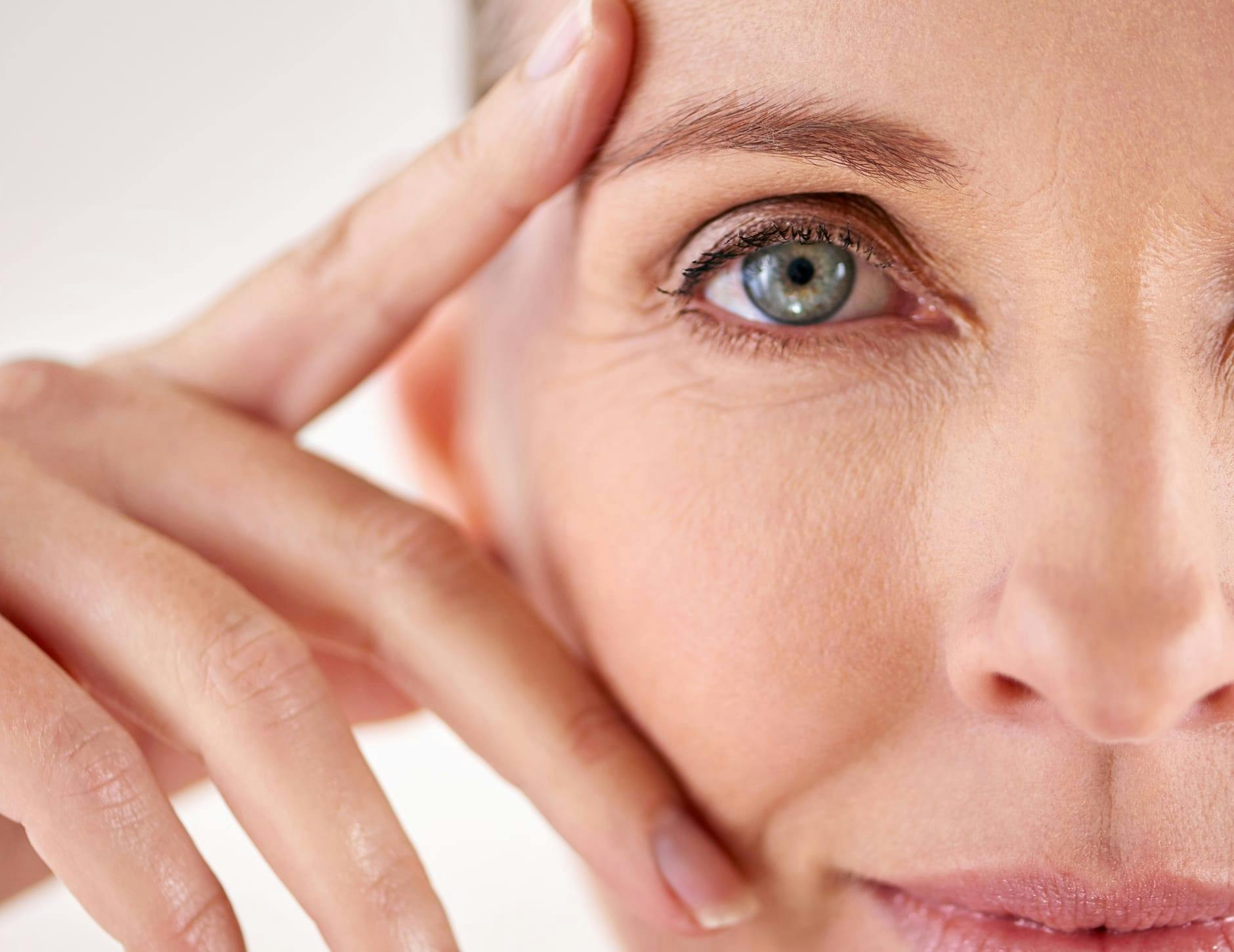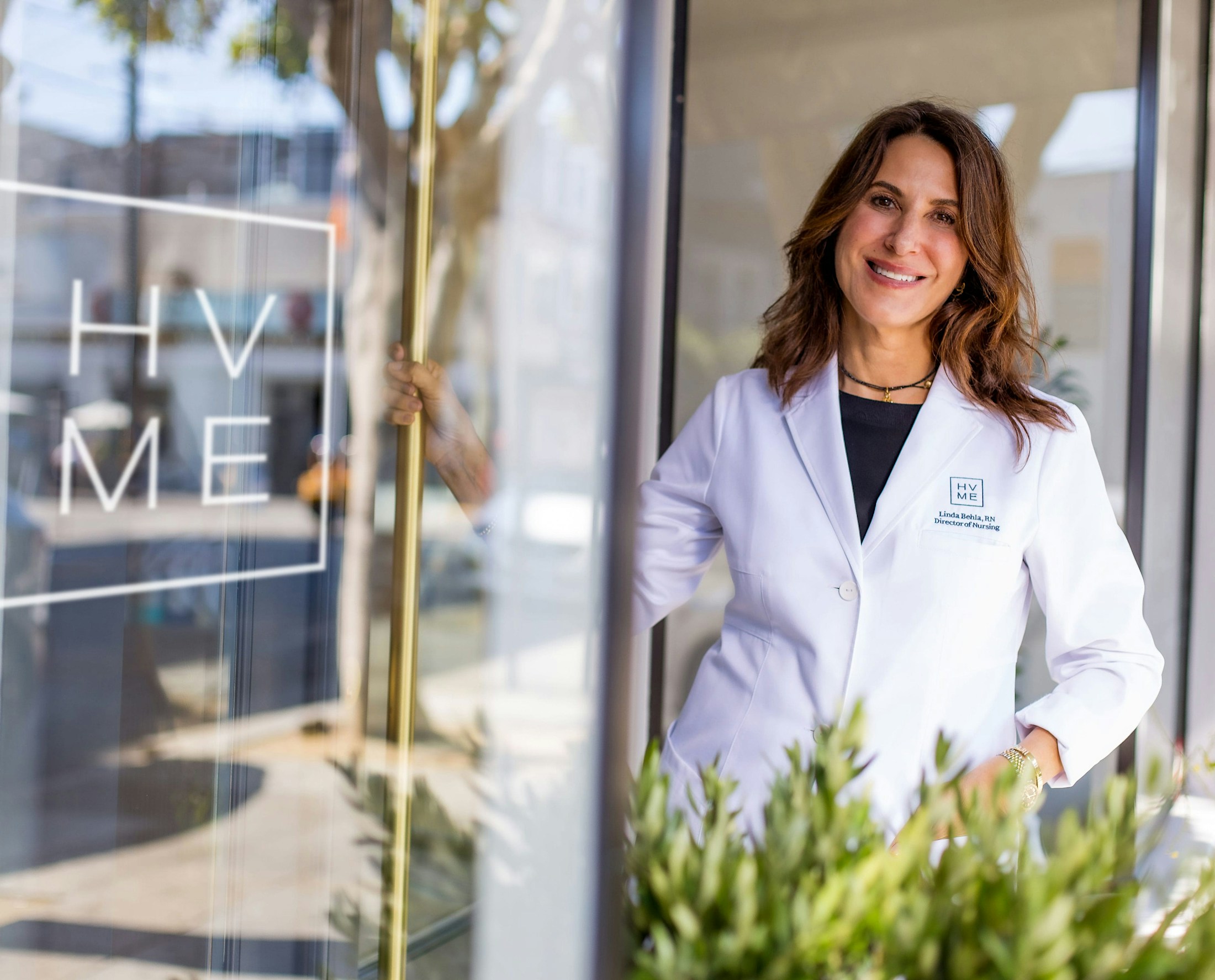If drooping eyelids are keeping you from looking as fresh and youthful as you feel on the inside, the talented team at HVME is here to help.
What Causes Drooping Eyelids?
Drooping eyelids are often caused by a variety of factors, and when you visit HVME for your initial consultation, you’ll work with a highly experienced esthetic professional who will help you understand the root cause of your drooping eyelids and learn about the most ideal solution that will address your concerns. One of the nice things about visiting HVME is that you’ll get to explore a number of highly advanced, non-surgical treatment options, each one able to address your concern with a high level of specificity.
For most patients, the simple aging process is the root cause of drooping eyelids. As we age, the muscles that support our eyelids weaken, and the skin loses elasticity, ultimately causing the upper eyelids to sag. Genetics can also play a part, as can lifestyle factors like sun exposure or smoking. Certain illnesses or the long-term use of contact lenses can also contribute to eyelid drooping.


